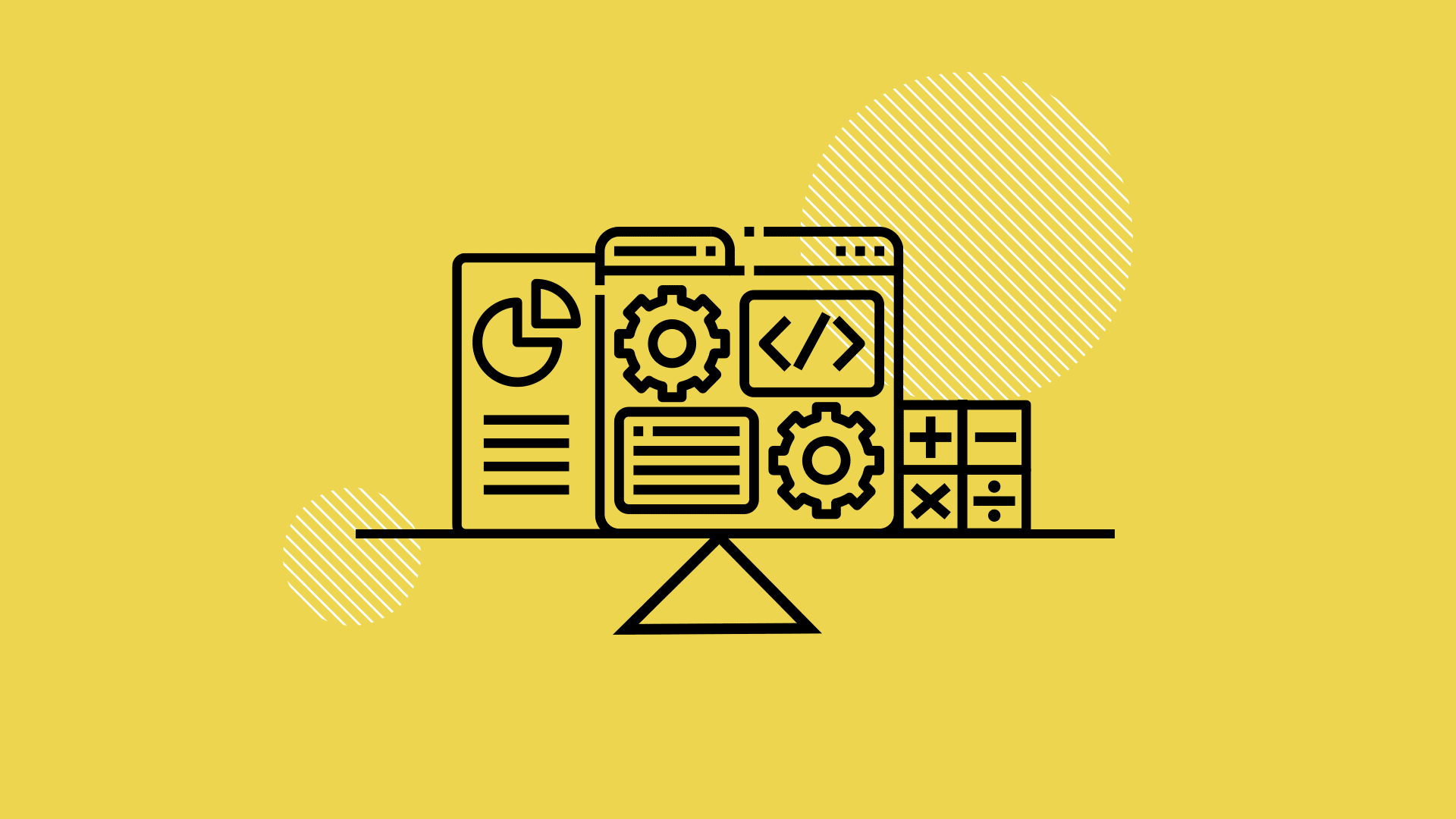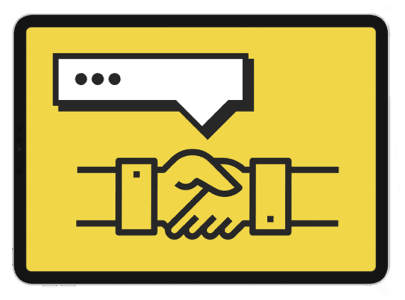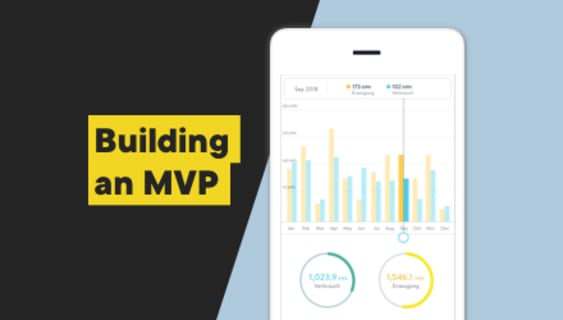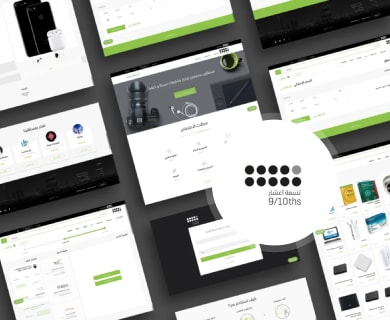Do you need an MVP? – your questions answered
Wouldn’t it be great if you knew exactly how to overcome your doubts and know whether it’s worth investing in developing an app?
While I don’t recommend going overboard, I do recommend spending some time understanding and answering that question.
Any business contemplating app development is faced with issues around budgets, keeping the project on track, getting the job done within the agreed time frame and often, how to manage the process without prior experience.
At Boldare, an option we talk through with most clients is the MVP development services (development of a minimum viable product). In a nutshell, an MVP is a version of the product with just enough features to test with early-adopting users and provide you with feedback about the app and its future development.
To help you get started, I’ve talked to our sales team to find out the most common questions and queries our clients have when we talk to them about MVPs (and answer them!).

Table of contents
Most common doubts about MVP
Whether your business goal is to:
- start a new business and develop a new product that will reflect your business goals,
- develop a new feature or service for an existing business,
- validate your idea for a new product or service,
I believe there are some common doubts around investment and whether the project is worth your time. Let’s take a look at five common issues, along with the best way to address them.
Doubt #1 The budget will be overrun
I’m afraid that the budget will be exceeded and I will not be able to finish the product. As a result, I will lose the investment and be left with an unfinished product.
The first thing you need to know is that people have, and still are, developing apps within a limited budget. On the other hand, a survey published in HBR found that the average IT project overran its budget by 27%.
So how you can build an application without exceeding your budget?
Think about the application you want to develop. I bet you’re imagining the beautiful design, the great user experience and a range of functionalities. It’s natural that from the start, we think about the completed product.
Let’s think about this. Remember your key question: is it worth investing in an application, in new functionalities, etc. At this stage, you’re not looking to invest in a final product; there are just so many assumptions, the risk of failure is too big. You need to tighten your focus, set a realistic goal and align the project with that…
Think about the app and its features. Ask yourself, what is “must-have” and what is “nice to have” when it comes to achieving your goal, validating your business idea?
Maybe the beautiful design is not a deal-breaker, not worth the investment at this stage? Or maybe design is the most important thing? Remember that every “nice to have” is a potential overrun on your budget! Spending money on “nice to have” features, doesn’t get you closer to achieving your goal.
My recommended approach
I mentioned MVPs earlier, a version of a product with just enough features to test with early adopters and provide you with feedback about the app or its functionality.
The MVP approach helps you to build, measure and learn what is best for your business and your users. Step by step.
At Boldare, we start with a product discovery workshop to identify, analyze and fully understand your goal, your business, your expectations, and your target audience (potential customers or users). Everything matters.
Finally, we separate the “must-have” functional and nonfunctional requirements from the “nice to have”. We focus on the “must-have”s because that way even your first small steps in product development will give you valuable data, which in turn guides the rest of the project. So you won’t overrun your budget.

Doubt #2 I’m not sure that an MVP is for me, I need the final product
I’m afraid that what you offer is not enough for what I want to develop (1-2 functionalities instead of a complete application).
We’re familiar with the situation where someone says ”Hey I want to build a product. Here is a list of functionalities”. That’s great! With pleasure. We love to help brands launch their next big idea!
So long as there is a clear goal, it’s fine. Why is a goal so important? Because you need to align what you want to build with the goal you want to achieve.
The approach to developing your product can vary depending on your situation. Maybe you want to build:
- a prototype that allows you to validate the basic assumptions of a product with minimum cost and effort, or
- a minimum viable product as the first version of your product, to present early to customers to help you test the product with real users and get valuable feedback for further improvements or pivots, or
- maybe something else?
If you have validated your business idea and you need a digital product (an application) that will reflect your business goals, the MVP approach is for you.
If you want to develop a new feature or services for an existing business, the MVP approach is for you.
Why? Because building a complete product based only on your assumptions or just because you want it, is too risky, and we don’t want to waste your money - that’s not okay, either for you or for us.
If you’re struggling with how to start the development process, think about your goal and what you need. Is it worth taking a risk and developing the final product according to your assumptions? Or maybe it is worth validating those assumptions with early users and adjusting and aligning the final application to users’ requirements?
Doubt #3 I am not sure how users will react to just 1-2 functionalities
I am afraid of building an application with only 1-2 functionalities. Will the application be criticized by users?
Everyone has their own vision of an application. This is completely normal, especially for its owner. The question is: who are we building the application for?
As the owner of the application, you have a clear idea of how you would like the application to look and function. But are you building application just for you or for your users?
An early release of the application with minimum functionality helps you gather priceless feedback from users about your product: how they use your application, what is missing, even narrowing down the target group (I bet you will be surprised about who your target group is).
I know it’s hard, and it is. Many of our clients have a problem with sending an incomplete product to users. But talking with users is never wasted time. I remember to this day one of the clients said: “Listen to your users but not yourself and not your team”. That’s a very important point.
Listen to your users but not yourself and not your team
So, if you are worried about building an application with only 1-2 functionalities, think about what you get in return. Feedback from your users which can save you from spending your budget on unnecessary features, and a product roadmap tailored to users’ needs.
Doubt #4 I am not sure I have the necessary knowledge and experience
I am afraid that I do not have sufficient knowledge and competence (a lack of experience) to deal with product development and team management.
Don’t worry. Creating meaningful, successful software requires a number of people, including stakeholders (owners), users, and a development team. As product owner and key stakeholder, you don’t need to know everything.
If you lack knowledge - we will share it with you.
If you doubt your skills - we will support you with our experience.
What I want to say here, is that you need to find a partner (software provider) who will complement your own skills and experience, who can provide what you lack. Here you can find a checklist to guide you through interviews with potential development partners. Packed with must-ask questions and top tips, the checklist will help you to identify the best partner for this collaboration.
Doubt #5 I’m not sure if I’m wasting my time and money on an MVP
I’m afraid that I won’t be able to scale the MVP of the application and I will lose time and money.
Building an MVP can be a fast and cheap way of getting a basic version of the product or app into the hands of users. However, the concern is that when it comes to scaling the product for a larger market or audience, you then need to build it all over again.
Not necessarily. If the design and specifications of your MVP are aligned with your business goal, those “must-have” features are unlikely to be wasted, even if they are later adjusted or pivoted following user feedback. By getting the foundation of the product right (i.e. in line with your business goal) new functionalities or scaling can be built on top, without rewriting the initial code.
In other words, done properly, money invested in an MVP is rarely wasted.
MVPs – a fast, cheap foundation for your app
An app or other digital product is a significant investment in time and money for any business. If you have any of the doubts above, a viable option is to invest in developing an MVP with a specialist software partner.
An MVP is cost-effective (making them a form of budget management) and serves as a solid foundation for a complete product later.
This article covers the five most common concerns we’ve encountered in potential clients and customers. You may have other doubts or questions and we’re happy to answer them.
The main message of this article is, whatever’s troubling you about developing an app, you have doubts about MVP oryou are wondering do you need an MVP, then ask!
Share this article:







